Θέλω να επεξεργαστώ κάποιες εικόνες svg. Ξέρεται με ποιο πρόγραμμα μπορώ να κάνω κάτι τέτοιο? Το Gimp τις ανοίγει αλλά δεν με αφήνει να τις αποθηκεύσω με κατάληξη .svg.
Φόρουμ
Δώσε αστέρια!
- Συνδεθείτε ή εγγραφείτε για να σχολιάσετε

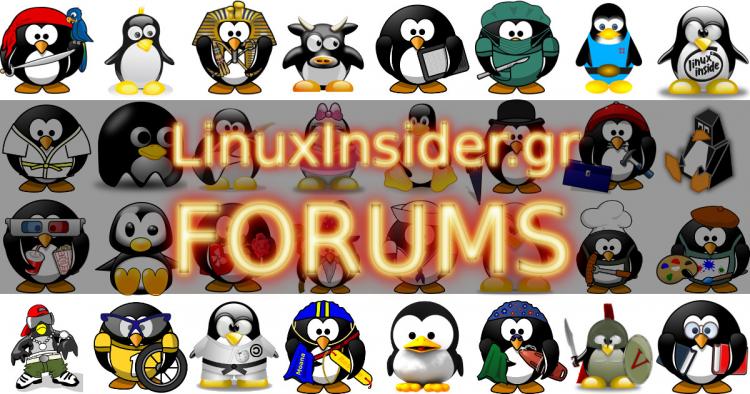
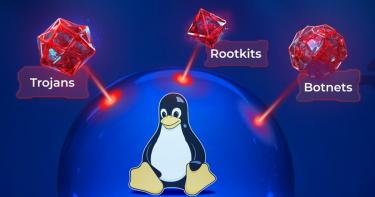
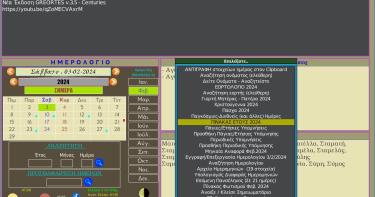
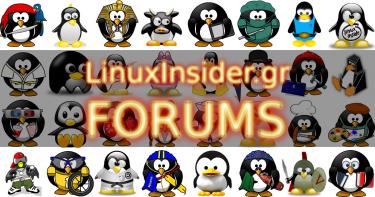
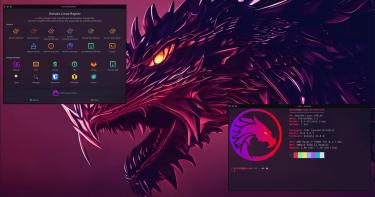
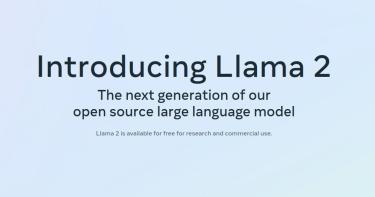

Σχόλια
Δοκιμασε με το Inkscape http://www.inkscape.org/
κανει αυτο που θελεις!
http://www.linux.com/archive/feature/148630
Karbon14
Karbon14 (often known simply as Karbon) is overlooked almost as often as Draw, although it does have a group of loyal users.
Karbon opens in a window full of panes. On closer investigation, you'll find that these panes are actually docked floating palettes, and that, by dragging on their top edges, you can position them anywhere on the desktop, giving you more room for viewing the actual document in the editing window. If you have a wide monitor, this arrangement can be ideal, with tools such as the ones for stroke and fill or layers always available. On anything less than a 19-inch standard screen, though, you are likely to find that using Karbon involves too much flipping back and forth between windows. Fortunately, you can select which palettes to display from the View menu.
Unlike Draw, Karbon lacks strong text or multipage support, and has a relatively small set of primitives. Nor can you save in more than a few formats: besides the native format, only SVG, .EPS, and PostScript are available. However, it does boast several convenient features, such as a split view in the editing window, and an Undo history palette that makes reverting to an earlier version of a file as easy as a mouse click.
Karbon is currently undergoing a major revision to take advantage of KDE 4, as is the rest of KOffice. Since Karbon already has a convenient workflow and some sound fundamentals, the new version should be well worth investigating.
Inkscape
Don't be deceived by the fact that Inkscape is only at version 0.46. The truth is that Inkscape is one of the most conservatively numbered applications ever, and is more than ready for serious work.
On opening Inkscape, you can choose between several dozen different document formats, including letter, A4, business cards, icons, Web banners, and various desktop sizes -- far more than any other vector graphics program discussed here.
When the editing window opens, you should have little trouble navigating if you have ever worked with any other graphics editor. If you do run into difficulties, Inkscape is well-designed for trial and error discovery; with the basic toolkit on the left side of the window and the color picker on the bottom for objects' fill and strokes, you can quickly learn some of the basics, although you may want to read some of the documentation on the project site first.
Although many of Inkscape's tools are standard ones, such as the node editor and the selection of primitives, at least two are standouts. Its calligraphic tool, with settings for brush width, angle (which imitates the way a real brush would be held), and thinning (the amount that the width of a line varies on a curve) is actually a freehand drawing tool that is the next best thing to a drawing tablet. Another standout is the text tool, which allows text to be easily placed upon an angled or curved path, and supports pixel-by-pixel kerning of letters.
The only serious problem with Inkscape is that it supports object styles (that is, storage of a set of attributes for later re-use) only indirectly in duplicating objects, and, unlike Draw, has no ability to store them independently. Some, too, might miss the diagram-building primitives of Draw -- although, with the recent addition of connectors for charts, Inkscape seems to be slowly adding this capacity. However, with its ease of use, Inkscape seems destined to be the free vector graphics editor of choice within a few years. For many, it has reached that stage already.
Problems with the SVG format
No matter which vector graphics program you use, you should note that saving graphics to .SVG format can cause problems when you go to use them. For one thing, Internet Explorer does not support the format, which prevents it from being used extensively in Web graphics, though it is ideally suited for them.
For another, because the SVG specification is still being developed, each editor interprets it in slightly different ways. That means that you cannot assume that saving to the format in one graphics editor will allow you to open it without problems in another. For instance, text added in Inkscape may lose its alignment when opened in the GIMP. Similarly, a graphic created in Draw may be inverted, with various elements scattered about the canvas, when you open it in Karbon. For this reason, if you are sharing a vector graphic file between editors, you may be better off converting it to PostScript or another more standardized format, even at the expense of changing to a raster format.
These caveats aside, among all the available editors, you should find working with vector graphics is, if not flawless, much easier than it was a few years ago. You may have to try more than one to find the best program for your purposes, but at least with all the available choices, you have a good chance of finding the features that you need.
Bruce Byfield is a computer journalist who writes regularly for Linux.com.
addthis_pub = 'linuxcom';
 ----------
----------
addthis_logo = 'http://c.fsdn.com/lc/images/lc_logo.png';
addthis_brand = 'Linux.com';
addthis_options = 'email, slashdot, digg, delicious, more';
http://www.oxygenxml.com/svg_editor.html
SVG Editor
SVG is a platform for two-dimensional graphics. It has two parts: an XML-based file format and a programming API for graphical applications. Just to enumerate some of the key features: shapes, text and embedded raster graphics with many painting styles, scripting through languages such as ECMAScript and support for animation.
SVG is a vendor-neutral open standard that has important industry support. Companies like Adobe, Apple, IBM and others have contributed to the W3C specification. Many documentation frameworks, including DocBook have support for SVG by means of defining the graphics directly in the document.
---------
http://www.inkscape.org/
About Inkscape
An Open Source vector graphics editor, with capabilities similar to Illustrator, CorelDraw, or Xara X, using the W3C standard Scalable Vector Graphics (SVG) file format.
Inkscape supports many advanced SVG features (markers, clones, alpha blending, etc.) and great care is taken in designing a streamlined interface. It is very easy to edit nodes, perform complex path operations, trace bitmaps and much more. We also aim to maintain a thriving user and developer community by using open, community-oriented development.
Καταρχήν ευχαριστώ για την άμεση ανταπόκριση. Το Inkscape μου έλυσε τα χέρια!!! Τελικά όσο χρησιμοποιώ το Linux τόσο πιο πολύ με εντυπωσιάζει!
Τελικά όσο χρησιμοποιώ το Linux τόσο πιο πολύ με εντυπωσιάζει!